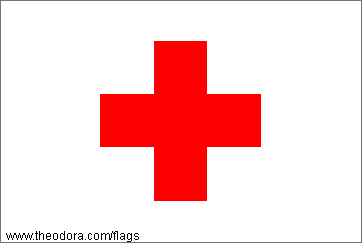The Cardiovascular System
The main goal of the cardiovascular system is making sure that every internal body part of your body gets
a sufficient amount of blood. The three parts of the cardiovascular system make sure you do. These are the blood vessels,
blood, and the heart.
The heart, which is the key organ in the cardiovascular system is the most active alongside with the brain.
The heart never stops beating unless you die. The heart is made up of muscle tissue called myocardium, which relaxes and contracts
rhythmically as your heart beats. During an average persons life, the heart beats 2.5 billion times.
Blood carries hormones, oxygen and nutrients to the cells and carry away their wastes. Some 55% of the blood
volume consists of plasma, which is mostly water and this is what carries the proteins, hormones, salts and nutrients to the
cells.
Blood vessels are a network of 60,000 miles of cords through which the blood travels. Blood vessels include
arteries, which carry blood from the heart, veins, which carry blood back to the heart, and capillaries that are the last
destination of the flowing blood.
You should keep your cardiovascular system healthy because it is one of the most vital systems in your body.
You can keep it healthy by doing things such as avoiding illegal drugs, eating a well-balanced diet, avoid using tobacco,
maintain a healthy weight, and participate in physical exercises regularly. All these steps will help you regulate your blood
pressure, which is the amount of force that blood pushes on the walls of blood vessels. A good blood pressure is the key to
a healthy cardiovascular system.

